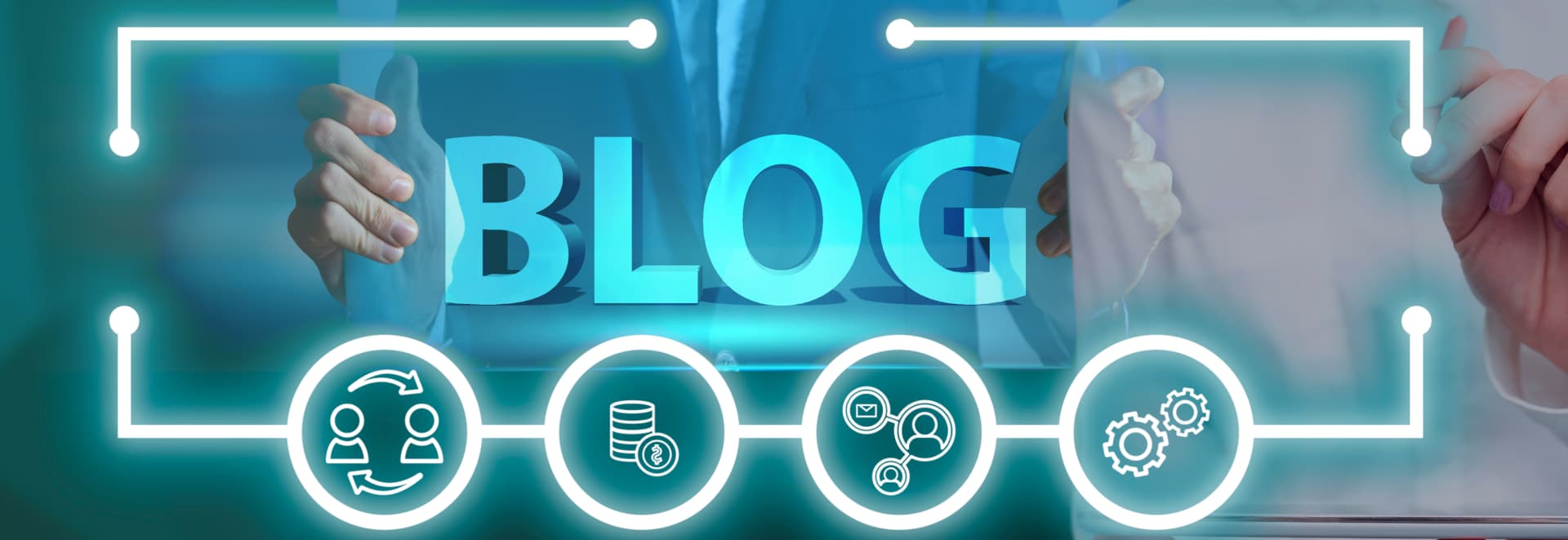Today with connectivity as the lifeline of innovation, remote device diagnostics has emerged as a critical capability for managing fleets of embedded devices spread across diverse geographies. Whether you are an industrial OEM overseeing thousands of sensors in a manufacturing plant, a medical device company ensuring the uptime of life-saving monitors, or a smart building integrator optimizing HVAC controllers, the ability to diagnose, configure, and monitor devices remotely can make the difference between seamless operations and expensive downtime.
What is Remote device diagnostics?
Remote device diagnostics refers to the comprehensive suite of features and technologies that allow engineers and support teams to access, analyse, and remedy issues on embedded devices without physical intervention. At its core, this capability relies on a robust communication framework, secure access controls, and sophisticated data management strategies. In today’s hyper-connected environment, where devices operate in harsh, often inaccessible environments, remote diagnostics not only reduces operational costs but also accelerates time-to-repair and improves overall product reliability.
Why is Remote device diagnostics needed?
One of the primary drivers behind remote diagnostics adoption is the sheer scale and distribution of modern IoT and embedded deployments. Traditional field visits for firmware updates or troubleshooting are time-consuming, costly, and sometimes impractical. By contrast, remote diagnostics enables rapid fault detection through continuous monitoring of device health metrics. Real-time alerts can flag abnormal temperature spikes, memory leaks, or communication failures long before they escalate into critical failures. This proactive posture dramatically reduces mean time to detection (MTTD) and mean time to repair (MTTR).

RAPIDSEA's Remote Device Diagnostics Stack Features
Error Logging
Beyond mere fault detection, a versatile remote device diagnostics stack offers a rich feature set that empowers developers and operators to manage devices holistically. One of the cornerstones of this stack is comprehensive error logging. Detailed logs capture system events, sensor readings, and exception traces, providing invaluable context when diagnosing intermittent or hard-to-reproduce faults. Developers can remotely download these logs or configure devices to push logs automatically to cloud-based analytics platforms, where machine learning algorithms may further distill patterns and predict failures.
Configuration Updates
Equally important is the ability to push configurations or firmware updates remotely. A modern diagnostics framework should support atomic, secure firmware upgrades over-the-air (OTA), ensuring that each update is validated and, in case of failure, that devices can roll back to a known-good state. This capability not only streamlines feature enhancements and security patches but also safeguards against bricking devices in the field. Configuration management extends to dynamic tuning of device parameters—such as sampling intervals, power modes, and threshold values—enabling on-the-fly optimization without redeploying hardware.
System health Monitoring
Another essential component is health monitoring. Beyond tracking error codes and log entries, health monitoring dashboards aggregate key performance indicators (KPIs) like CPU utilization, memory usage, network latency, and battery voltage. Visualizing this data over time allows engineers to identify trends—such as gradual CPU load increase or battery degradation—that may warrant preventive maintenance. In large-scale deployments, fleet management features can group devices by geographic region, firmware version, or performance profile, simplifying the task of isolating clusters exhibiting similar behaviours.
Security in Remote Device Management
Security underpins every aspect of remote device diagnostics. Secure tunnels—often established via TLS or VPN—ensure that data in transit remains confidential and tamper-proof. Robust authentication mechanisms, such as mutual certificate-based authentication or hardware-backed secure elements, prevent unauthorized access. A sound diagnostics architecture also enforces role-based access control (RBAC), so that only authorized personnel can execute sensitive actions like firmware upgrades or factory resets.
Scalability and resilience are equally paramount. The diagnostics stack must handle spikes in connectivity, gracefully queueing data when networks are intermittent, and reconciling once connectivity is restored. Decentralized edge processing—where preliminary analysis occurs on the device itself—can reduce backhaul traffic and latency. Meanwhile, cloud-native backends should leverage microservices and container orchestration to scale elastically and ensure high availability.
Advanced Diagnostics features
To further enrich remote diagnostics, advanced features can include interactive shell access for command-line debugging, dynamic scripting engines to execute diagnostic scripts, and digital twin integration—virtual replicas of physical devices that mirror real-time telemetry for simulation and testing. These enhancements empower embedded developers to probe system internals, test edge-case scenarios, and validate fixes in silico before rolling out to production.
Why RAPIDSEA For remote diagnostics?
For embedded system developers, the choice of a diagnostics stack influences not only the ease of integration but also long-term maintenance costs. In-house development of such a stack can be arduous, requiring deep expertise in secure communication, over-the-air bootloaders, log aggregation frameworks, and cloud infrastructure. Moreover, ongoing updates to meet evolving security standards and emerging connectivity technologies can strain small engineering teams.
This is where RAPIDSEA Suite’s proven remote device diagnostics stack offers compelling value. Built by experts at Embien Technologies, RAPIDSEA provides end-to-end diagnostics capabilities, including:
- Secure OTA update manager with staged rollouts and rollback support
- Lightweight logging agents optimized for resource-constrained MCUs
- Cloud-agnostic telemetry pipeline with pre-built connectors for AWS, Azure, and private clouds
- Comprehensive dashboard and alerting system with customizable KPIs and anomaly detection
By adopting RAPIDSEA Suite, developers can focus on core application logic and device innovation, rather than reinventing the diagnostics wheel. The suite’s modular architecture and well-documented APIs make integration straightforward across a range of microcontrollers and RTOS environments.
Conclusion
In summary, remote device diagnostics is no longer a luxury—it’s an imperative for any robust embedded solution operating at scale. A feature-rich diagnostics stack that encompasses error logging, remote configuration, health monitoring, security, and scalability not only enhances operational efficiency but also fortifies product reliability and customer satisfaction.
Embrace RAPIDSEA Suite’s remote device diagnostics stack today, and experience seamless, secure, and scalable device management from anywhere in the world.
